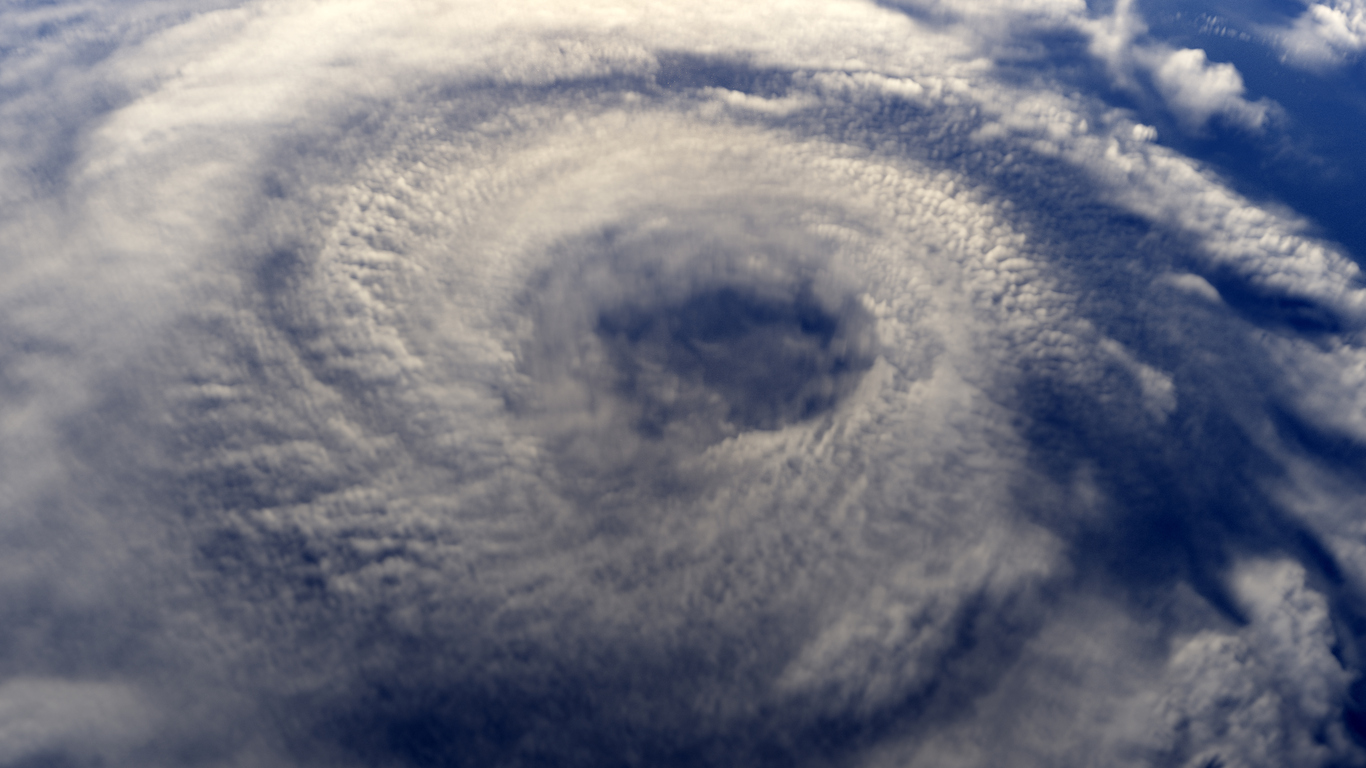"In 2021, insured losses from natural disasters surpassed the previous ten-year average, continuing the recent trend of an annual 5–6 percent increase in losses." Each year, at least one secondary peril event, such as severe flooding, a winter storm, or a wildfire, appears to result in losses of more than USD 10 billion. At the same time, Hurricane Ida serves as a stark reminder of the threat and potential loss associated with peak perils. "A single such event in densely populated areas can have a significant impact on annual losses," said Martin Bertogg, Head of Cat Perils at Swiss Re.
The two most expensive natural disasters of the year occurred in the United States. Hurricane Ida caused estimated insured losses of USD 30 – 32 billion, including flooding in New York2, and winter storm Uri caused insured losses of USD 15 billion. Uri brought extreme cold, heavy snowfall, and ice accumulation, particularly in Texas, where the power grid experienced multiple outages due to freezing temperatures. Meanwhile, the most expensive event in Europe was the July flooding in Germany, Belgium, and neighboring countries, which resulted in insured losses of up to USD 13 billion, compared to economic losses of more than USD 40 billion. This demonstrates that Europe still has a significant flood protection gap. The flooding was the region's most expensive natural disaster since 1970, and it was also the world's second most expensive, trailing only the 2011 Thailand flood.
"The impact of this year's natural disasters highlights the need for significant investment in strengthening critical infrastructure to mitigate the impact of extreme weather conditions," said Jérôme Jean Haegeli, Group Chief Economist at Swiss Re. "Infrastructure investments support long-term growth and resilience and should be scaled up." In the United States alone, the infrastructure investment gap to maintain critical and aging infrastructure is estimated to be USD 500 billion per year until 2040. The insurance industry, in collaboration with the public sector, is critical for strengthening society's resilience to climate risks by investing in and underwriting sustainable infrastructure."
In June, severe convective storms caused widespread property damage in Germany, Belgium, the Netherlands, the Czech Republic, and Switzerland, with thunderstorms, hail, and tornadoes causing widespread damage. The insured losses as a result are estimated to be USD 4.5 billion. Severe flooding occurred elsewhere in the world, including in China's Henan province and British Columbia, Canada.
On the other end of the extreme weather spectrum, in 2021, Canada, adjacent parts of the United States, and many parts of the Mediterranean experienced record temperatures. During the last days of June, a "heat dome" in a British Columbia village set a new all-time Canadian temperature record of nearly 50°C. During one of the southwest's multiple heatwaves, temperatures in Death Valley, California, reached 54.4°C. The extreme heat was frequently accompanied by devastating wildfires. However, the associated insured losses were lower than in previous years, when the fires had a greater impact on more populated areas. In California, wildfires destroyed large forest areas but, in contrast to 2017, 2018, and 2020, encroached on less densely populated areas.
These sigma catastrophe loss estimates are for property damage and do not include COVID-19 claims. Because not all loss-generating events have been fully assessed, the loss estimates in this media release are preliminary and subject to change. For example, in December, catastrophe activity remained high, and the resulting losses are still being assessed. COVID-19 has extended the claims lifecycle, particularly for large events, and the final tally will take significantly longer than usual.













